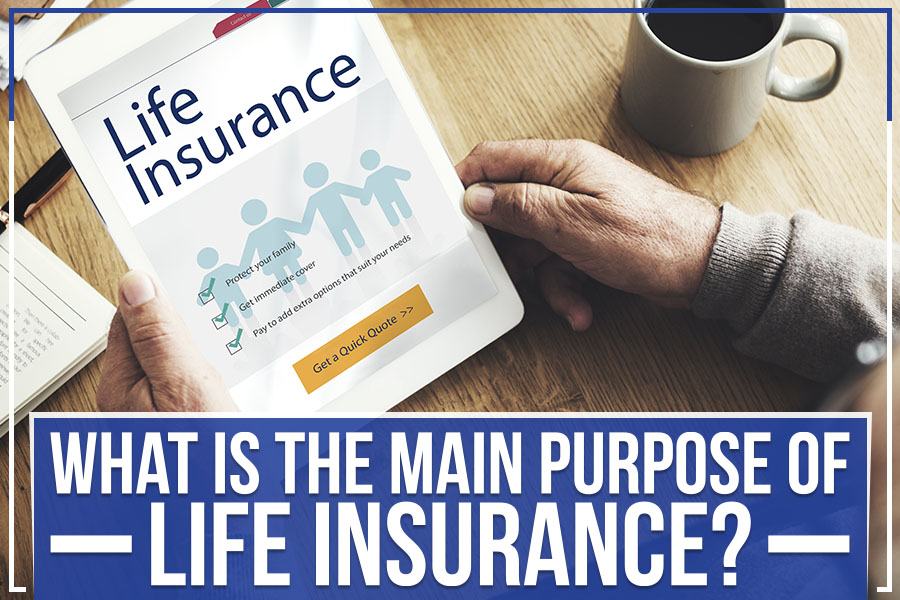How Pacific Prime can Save You Time, Stress, and Money.
How Pacific Prime can Save You Time, Stress, and Money.
Blog Article
The Ultimate Guide To Pacific Prime
Table of ContentsA Biased View of Pacific PrimeOur Pacific Prime IdeasPacific Prime for BeginnersSee This Report about Pacific Prime
In a lot of states, the insurer is called for to send you a copy of the modifications to your policy. It is important that you read Endorsements or Bikers so you recognize how your plan has actually altered and if the plan is still appropriate to fulfill your needs. To obtain a duplicate of your insurance coverage, please contact your insurance policy representative or firm.
The Institute of Medication (IOM) Board on the Effects of Uninsurance launches an extensive exam of proof that addresses the value of health and wellness insurance coverage with the magazine of this report. Coverage Issues is the initial in a series of six records that will be issued over the next 2 years documenting the fact and effects of having actually an approximated 40 million people in the USA without health and wellness insurance policy protection.

The smart Trick of Pacific Prime That Nobody is Talking About
The objective of this collection of studies is to refocus plan attention on a longstanding issue. Following the lengthiest financial expansion in American background, in 1999, an approximated one out of every 6 Americans32 million grownups under the age of 65 and greater than 10 million childrenremains uninsured (Mills, 2000).

Ten percent of the populace make up 70 percent of healthcare expenditures, a connection that has actually remained consistent over the previous three decades (Berk and Monheit, 2001) - international travel insurance. Hence health insurance proceeds to offer the feature of spreading out danger also as it significantly funds regular treatment. From the viewpoint of wellness treatment suppliers, insurance coverage lugged by their people assists safeguard a revenue stream, and neighborhoods take advantage of financially viable and stable healthcare professionals and organizations
Federal government supplies medical insurance to populations whom the private market may not offer successfully, such as impaired and senior citizens, and populaces whose accessibility to healthcare is socially valued, such as children and expecting ladies. The supreme ends of health and wellness insurance coverage for the individual and areas, including workplace communities of workers and companies, are enhanced health outcomes and quality of life.
Some Of Pacific Prime
Staff members rate medical insurance first by far in importance among all the advantages offered in the office (Salisbury, 2001). Although there have been substantial investments of individual and public funds to give medical insurance, lots of people still have no insurance coverage. Regardless of comprehensive coverage of study findings and wellness care study results, the public continues to be overwhelmed and misinformed concerning Americans without health insurance coverage and the effects of lacking insurance coverage.

Without inquiry, the complexity of American wellness care funding devices and the wide range of resources of details include to the public's complication and suspicion concerning medical insurance statistics and their analysis. This record and those that will certainly adhere to objective to distill and provide in easily understandable terms the extensive research that bears on questions of medical insurance protection and its relevance.
Fifty-seven percent of Americans polled in 1999 believed that those without health insurance are "able to get the treatment they require from medical professionals and health centers" (Blendon et al., 1999, p. 207). In 1993, when nationwide focus click site was concentrated on the issues of the uninsured and on pending wellness treatment regulation, simply 43 percent of those questioned held this idea (Blendon et al., 1999).

They also receive fewer preventative solutions and are less likely to have normal treatment for chronic problems such as high blood pressure and diabetic issues. Chronic conditions can bring about expensive and disabling complications if they are not well taken care of (Lurie et al., 1984; Lurie et al., 1986; Ayanian et al., 2000). One national survey asked greater than 3,400 grownups concerning 15 very severe or dark problems.
The Basic Principles Of Pacific Prime
Added evidence exists later in this phase in the discussion of insurance coverage and access to healthcare. https://www.twitch.tv/pacificpr1me/about. People without health insurance are young and healthy and balanced and choose to do without coverage. Virtually half (43 percent) of those evaluated in 2000 believed that individuals without medical insurance are much more most likely to have health troubles than people with insurance
Citizens and policy manufacturers in emphasis group discussions identify those without insurance as youths who have the chance to be covered and feel they do not require it (Doorperson Novelli, 2001). Contrasted to those with a minimum of some private protection, the without insurance are less most likely to report remaining in excellent or excellent wellness (Agency for Health Care Study and Top Quality, 2001).
RESOURCE: Facility for Cost and Funding Research Studies, Firm for Healthcare Research and Top quality, based upon MEPS data. Young person between 19 and 34 are even more likely to lack medical insurance than any type of other age. This is chiefly since they are much less frequently eligible for employment-based insurance coverage as a result of the nature of their work or their short tenure in it.
The understanding that individuals without insurance coverage have better-than-average wellness follows from confusing the relatively young age profile of the uninsured with the better health, generally, of younger persons. This obscures the link between health and wellness condition and medical insurance. For those without accessibility to work environment medical insurance, bad wellness is a possible obstacle to purchasing nongroup insurance coverage since such protection may be highly valued, exclude preexisting problems, or be merely not available.
Report this page